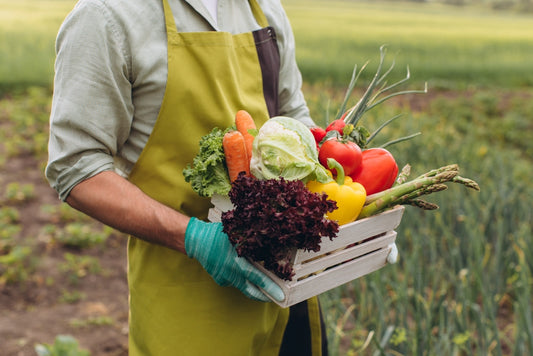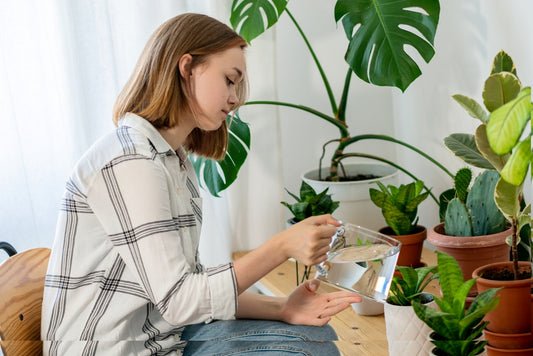Phytic acid is a natural substance found in plant seeds serving as the main storage of phosphorus for the future seedling in early stages of growth. It’s considered an antioxidant and may help protect against kidney stones and cancer in humans. It’s found in all edible seeds, grains, legumes and nuts in varying levels with a few being labeled as high-phytate foods. While a small amount of phytic acid is beneficial to your health, too much becomes a bad thing.
High levels of phytic acid in your diet has been shown to reduce the absorption of other essential minerals including calcium, magnesium, iron and zinc. Legumes like beans, peas, and lentils, and some grains contain high amounts of phytic acid.

When you eat foods high in phytic acid, the molecules bind with other minerals in your digestive tract, making them unavailable for absorption. Once this happens, those nutrients are locked up and your body doesn’t regain access, giving phytic acid the label of “anti-nutrient.”
The highest concentrations of phytic acid are found in raw, unprocessed legumes, but many processes help destroy it before you eat them. Sprouting seeds reduces the anti-nutrient because it’s converted into phosphorus for the seedling to grow. The heat of cooking and baking helps to break some of it down, too. The best way to reduce the amount of this anti-nutrient is to soak your phytic acid-rich foods in water overnight. Many studies have shown that soaking in water for 12 hours at room temperature could reduce the anti-nutrient levels up to 66% and using new water to cook in can reduce it even further.

Whether you eat your legumes raw or cooked, make sure you are choosing nutrient-packed Prevegenics produce to get the most of your essential vitamins and minerals in each bite.
Application of fertilizer at planting is never been this easier with Prevegenics. It is best liquid fertilizer for plant growth as it cares about the nutritional value in every piece of produce our farmers grow. It starts from the beginning with plants receiving the proper nutrients during each growing stage and ends when harvested fruits and vegetables bursting with nutrition are on your plate.



